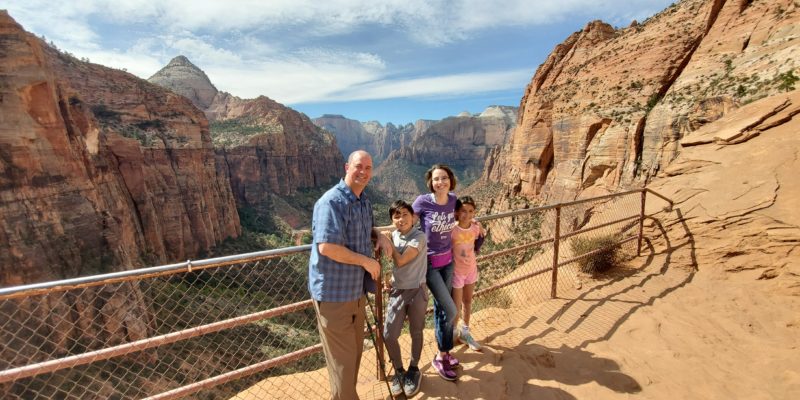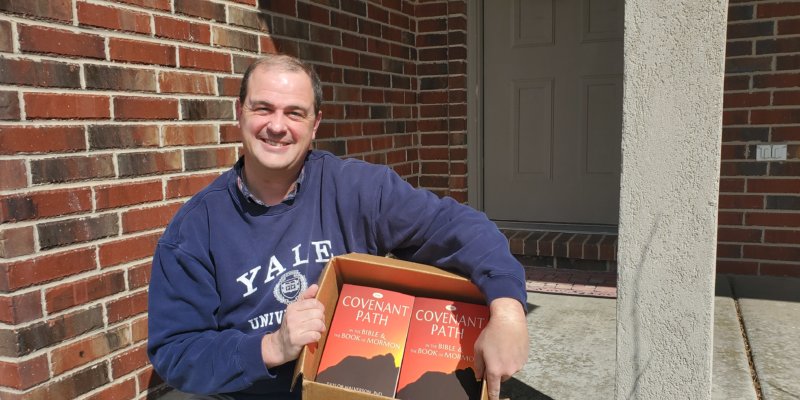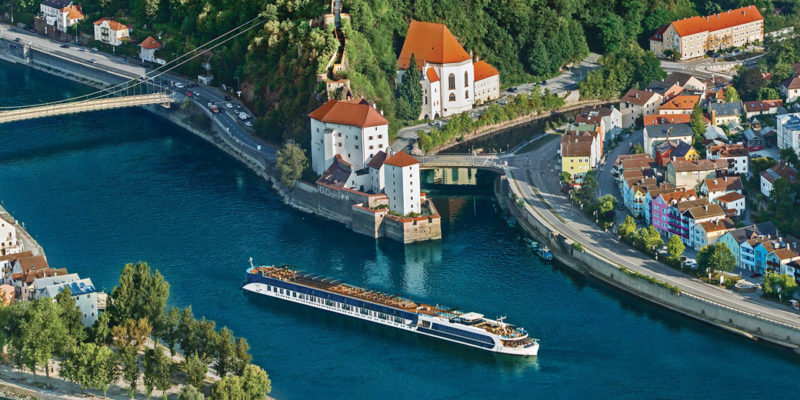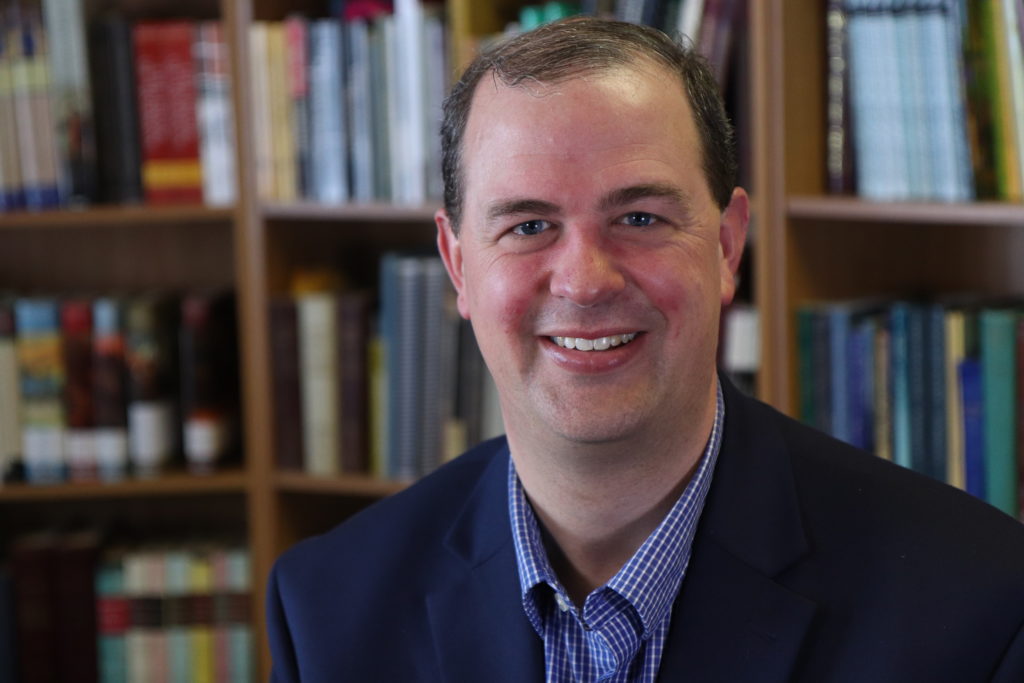Given my role at Brigham Young University as a Teaching and Learning Consultant, I have the fabulously fun opportunity to interact with excellent faculty members across campus. One of those great faculty members and gifted teachers is Rollin Hotchkiss, professor of Civil Engineering and newly appointed department chair. Incidentally, he did his PhD at the University of Minnesota and was good friends with my dad. Small world. We’ve collaborated together on a variety of projects and even presented together at the American Society of Engineering Educators (ASEE) in Vancouver in 2011.
Rollin invited me to join his Civil Engineering class to visit a stream restoration project at Solider Creek up Spanish Fork Canyon on Highway 6 near the junction with Highway 89. I loved it! I spent so many years studying languages, the humanities, history, instructional technology and design, wow, the entire field of Civil Engineering is like a Christmas party-to me it is new and exciting. I loved seeing how a variety of formulas and theories could be put to specific use to better understand the impact of water and sediment flow on creeks that have been altered by humans for other uses. Now, years later, we are beginning to see the effects of those human-made changes. For example–and I never knew this, why would I know it, it isn’t something I think about much during a regular work day!–if a creek or river runs straight, it tends to flow much faster. When the creek or river has more curves to negotiate, the water movement tends to be slower, which can decrease the speed of certain forms of erosion. When water moves more swiftly, the opportunity for the stream channel to be cut more deeply more quickly increases. What is the impact of that scenario? Well, at Soldier Creek some of the side channels that feed into the creek have been dramatically deepened because the main channel was straightened through human intervention to decrease the chance of spilling over the banks (at the time there was concern that nearby railroad would be impacted). But now, the side channels have far greater levels of erosion and the natural habitat for the local flora and fauna is being quickly eaten away. If there is a need and interest to protect natural habitat, one approach is to call in Civil Engineers to recommend methods for restoring the creek conditions back to its original or natural state.
Having the chance to see learning in action, and to experience lots of my own learning in a field that I am so ignorant of, was a real treat!





